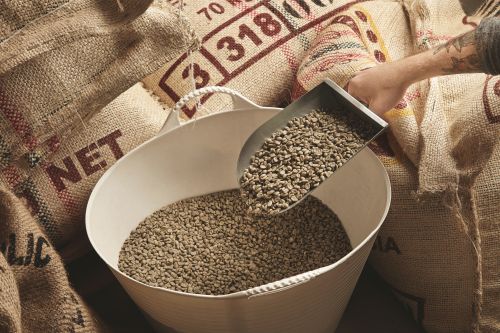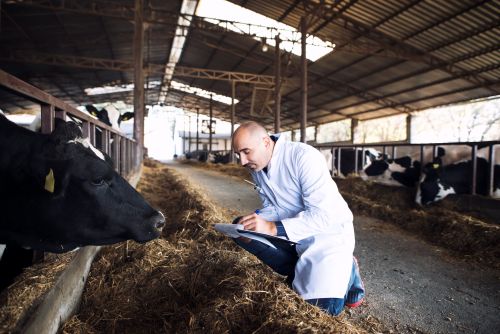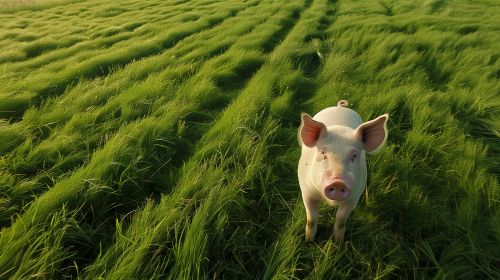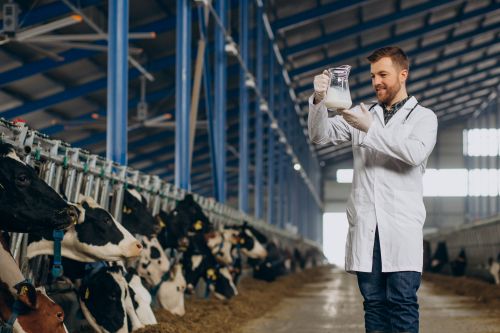707
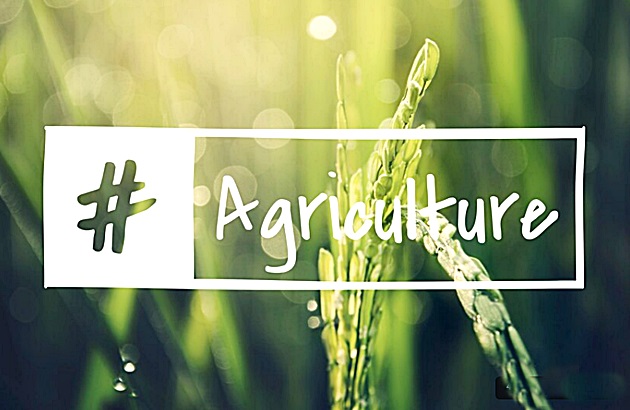
No-Till Farming: The Most Profitable Method for Corn and Soybean Growers
Long-term research has shown that no-till farming is the most cost-effective method for corn and soybean growers, according to FutureFarming.
Economic Efficiency of No-Till Practices
While this approach does not always guarantee the highest yields, its economic and environmental benefits make it an attractive option for farmers.
A recent study spanning 34 years of research found that spring tillage achieved the highest average corn yield, followed closely by the no-till system, with 187.6 bushels per acre.
However, due to lower labor and equipment costs, no-till farming has proven to be the most profitable long-term option.
Environmental Benefits of No-Till Farming
Beyond economic advantages, no-till practices significantly reduce soil erosion. A study by the University of Illinois revealed that switching entirely to no-till can reduce soil and sediment loss by over 70%.
No-till farming also positively impacts soil health, maintaining its structure and fertility. Additionally, this method supports biodiversity by providing a favorable habitat for beneficial soil organisms and microorganisms.
Furthermore, farmers in the United States have started integrating native vegetation strips into their fields to combat soil erosion and support pollinators, reducing erosion by up to 95%.
Yield Considerations and Adaptability
Although no-till may not always deliver the highest yields, its economic and environmental advantages make it a valuable practice for corn and soybean farmers.
Adopting this method may require a transition period and adaptation, but in the long run, the benefits outweigh the initial challenges.
Conclusion
No-till farming is a sustainable and cost-effective approach for corn and soybean cultivation. By reducing operational costs and enhancing soil health, this practice offers long-term economic and ecological benefits.
Farmers are encouraged to consider implementing no-till systems to improve farm profitability and sustainability.
